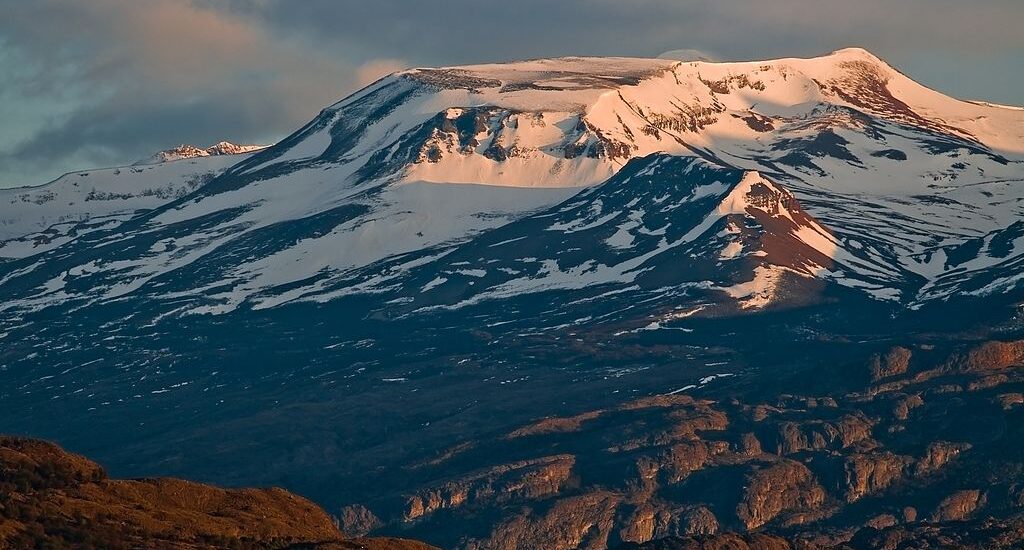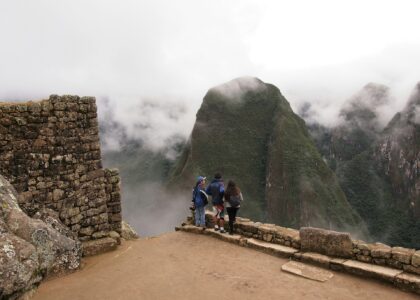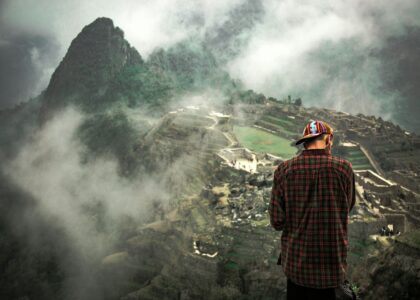Traveling to the Andes is an unforgettable experience, but navigating altitude is something every traveler should take seriously. High-elevation destinations in South America can take a toll on your body if you’re not prepared. Here’s how to enjoy your Andean adventure without letting altitude sickness spoil the fun.
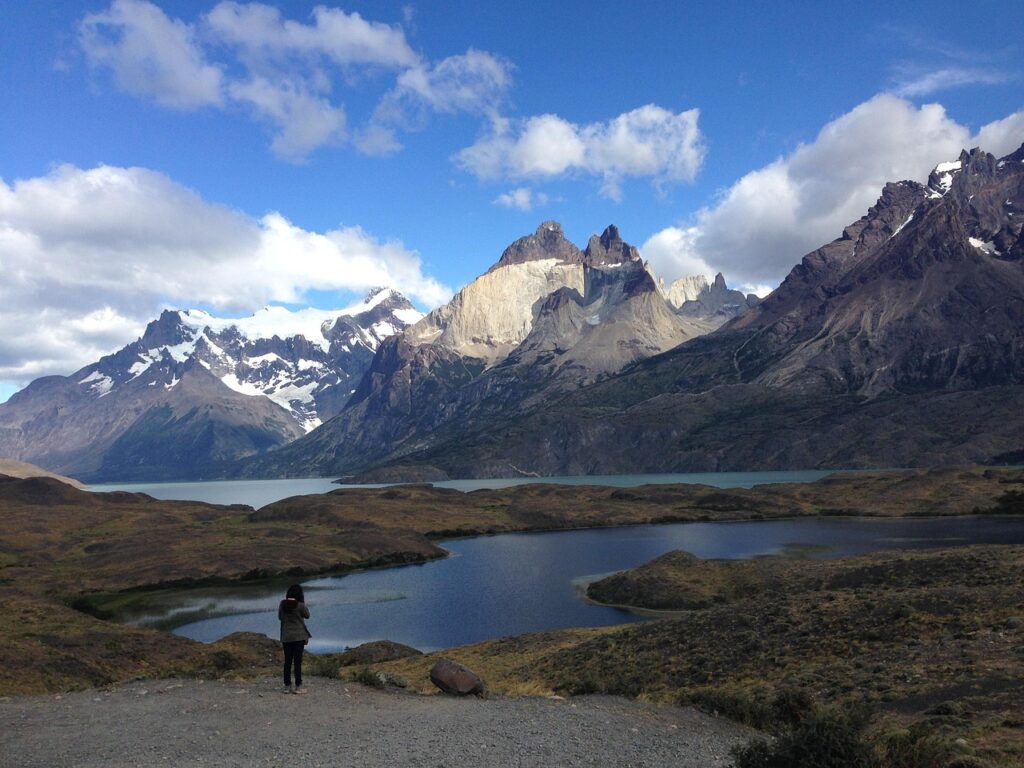
Acclimatization Strategies for the Andes
High-altitude travel in the Andes is no joke. As elevation rises, oxygen levels drop, and your body notices. Whether you’re headed to Machu Picchu, Lake Titicaca, or Ecuador’s volcanoes, proper acclimatization can make or break your trip. The key is to take it slow and smart. Here’s how:
- Ascend gradually
Avoid gaining more than 500 meters (about 1,600 feet) in elevation per day once you’re above 2,500 meters. This gives your body time to adjust and significantly lowers the risk of altitude sickness. - Schedule acclimatization stops at mid-altitude cities
Spend a day or two in a city like Quito (2,850 m) before heading higher. These stops serve as crucial prep time for your body to adapt to thinner air. - Plan an overnight stay at an intermediate elevation
If your route allows, sleep at a midpoint elevation before ascending to your final high-altitude destination. Even one night at a slightly lower altitude helps kickstart your body’s adjustment process. - Take it easy when you arrive
Rest during your first 24–48 hours at high elevation. Avoid strenuous activities like hikes or intense sightseeing. Let your body do the work of acclimating without added stress. - Hydrate and stay warm
Dehydration can sneak up on you at altitude. Drink water regularly, skip alcohol, and keep your body warm to avoid added strain.
These steps might seem simple, but they’re incredibly effective. A slow, thoughtful approach to altitude lets you enjoy the Andes at full strength—without battling headaches, nausea, or fatigue.

Health Precautions to Stay Safe
High-altitude travel isn’t just about breathtaking views—it’s also about keeping your body functioning well in an environment it’s not used to. With the right health precautions, you can reduce the risk of altitude sickness and keep your trip on track. Here’s what to plan for:
- Talk to your doctor about preventive medication
Ask about acetazolamide (Diamox®), a common prescription that helps your body acclimate faster. It’s typically taken 24 hours before ascending and continued during your first few days at altitude. It’s not a cure-all, but it’s been shown to reduce symptoms significantly. - Pack a travel health kit
Bring along ibuprofen for altitude-related headaches and ginger chews or tea to ease nausea. Having these on hand can make a big difference if symptoms pop up during your journey. You’ll find what to pack for Peru differs slightly depending on altitude zones. - Stay well hydrated
Dehydration is a major factor in altitude sickness. Drink water consistently throughout the day, and supplement with electrolyte drinks like Gatorade to keep your body balanced. - Fuel up on complex carbohydrates
A high-carbohydrate diet, think whole grains, fruits, and veggies, helps your body use oxygen more efficiently. It also gives you the energy you need for active days at high elevations. - Listen to your body
If you experience a persistent headache, dizziness, nausea, or fatigue, it could be a warning sign. Mild symptoms are common, but if they worsen, don’t push through—slow down or descend to a lower elevation.
With a bit of preparation and the right mindset, you can stay healthy and enjoy everything the Andes has to offer.
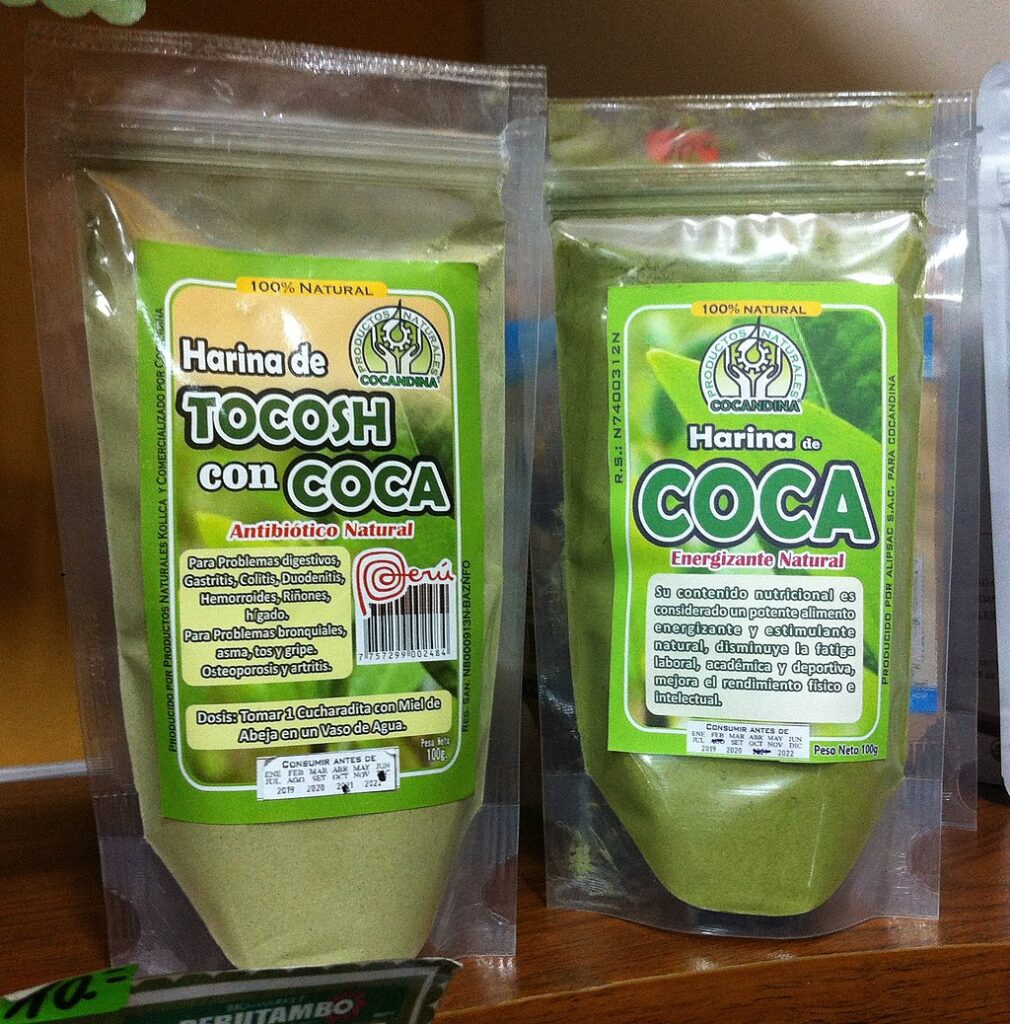
Local Remedies for Altitude Sickness
Locals in the Andes have been managing life at high altitude for centuries, and they’ve developed natural, practical ways to handle the effects. If you start feeling the symptoms of altitude sickness, these remedies can offer real relief:
- Coca leaves
A traditional Andean remedy, coca leaves are chewed or brewed into coca tea (mate de coca). Widely available in countries like Peru and Bolivia, they act as a mild stimulant and can help ease headaches, nausea, and fatigue. Learn more about what locals really eat and drink in Peru. - Panela (unrefined cane sugar)
This natural sweetener delivers a quick energy boost, especially helpful during physically demanding days. Some locals carry small chunks of panela to snack on during hikes to fight off “soroche” (altitude sickness) fatigue. - “Soroche” pills from local pharmacies
These over-the-counter remedies typically include aspirin and caffeine to relieve headaches and other discomforts associated with altitude. They’re affordable, easy to find, and worth picking up when you arrive. - Descend if symptoms worsen
If you’re feeling seriously unwell, the most effective treatment is simple: go lower. Even descending 300–500 meters can dramatically reduce symptoms and help your body recover quickly.
These local strategies aren’t just folklore—they’re part of how Andean communities have adapted to their environment. Don’t hesitate to use what’s worked for generations.
Bonus Tip: Respect the Altitude, Respect the Andes
The Andes are beautiful, but they demand respect. Whether you’re trekking to Machu Picchu, exploring La Paz, or summiting volcanoes in Ecuador, taking the time to acclimatize and listen to your body will make your experience smoother and safer.
Explore more health-related travel advice in our posts on prepping for mountain trekking and how to pack for altitude. You can also check out trusted resources like Altitude.org for further reading.
Want to Explore the Andes?
Ready to take on the heights of the Andes with confidence? Whether you’re dreaming of trekking to Machu Picchu, exploring the Sacred Valley, or summiting a volcano in Ecuador, we’ve got the experience and knowledge to make your journey unforgettable—and altitude-friendly.
Let us take the guesswork out of your planning. From crafting the perfect itinerary to sharing insider tips for acclimatization, we’re here to help you travel smarter and safer.
Book an expedition with us today and get ready to explore the Andes the right way—prepared, inspired, and fully immersed.


